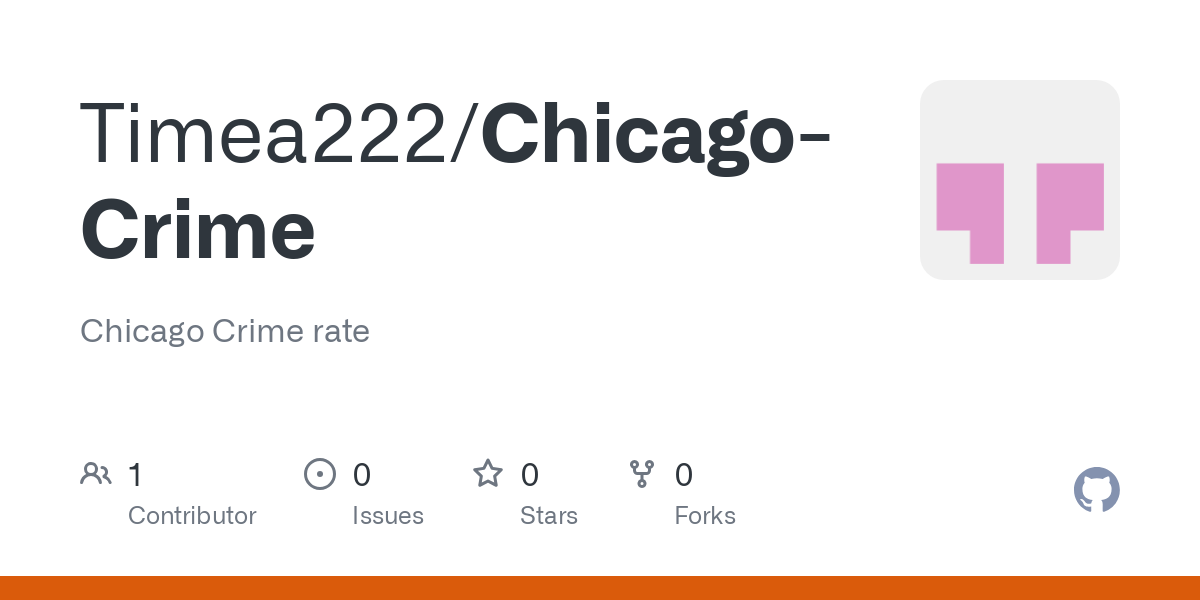Deciphering The Recent Decrease In Crime In Chicago

Table of Contents
Enhanced Policing Strategies and Their Impact
The recent decrease in crime in Chicago isn't solely attributable to one factor, but rather a multifaceted approach. Improved policing strategies have played a significant role.
Increased Police Visibility and Proactive Policing
Increased police visibility in high-crime areas has been a cornerstone of the strategy. This includes:
- Strategic Deployment: Data-driven deployment of officers to crime hotspots, based on real-time crime analysis and predictive policing models. This has resulted in quicker response times and a more visible police presence, deterring potential criminal activity.
- Proactive Patrols: A shift from reactive policing to proactive patrols, focusing on preventing crime before it occurs. This includes increased foot patrols in neighborhoods, community engagement, and targeted interventions in areas identified as high-risk.
- Quantifiable Impact: Preliminary data suggests a correlation between increased police presence and a reduction in specific crime types, particularly in areas with historically high crime rates. Further analysis is needed to fully quantify the impact.
Community Policing and Collaboration
Rebuilding trust between law enforcement and the community is equally important. Community policing initiatives are fostering stronger relationships:
- Neighborhood Watch Programs: Increased participation in neighborhood watch programs has enhanced community surveillance and proactive crime prevention. Residents are more likely to report suspicious activity, leading to quicker police response.
- Improved Police-Community Relations: Initiatives fostering open communication and dialogue between police officers and community members are crucial. Building trust creates an environment where residents feel comfortable reporting crimes and collaborating with law enforcement.
- Positive Impacts: Improved communication channels, increased community participation in crime prevention efforts, and a stronger sense of collective responsibility have contributed to the decrease in crime in Chicago.
Socioeconomic Factors Contributing to the Decline
While policing strategies are crucial, the decrease in crime in Chicago is also linked to significant socioeconomic improvements.
Improved Economic Opportunities and Job Growth
Economic revitalization plays a pivotal role in reducing crime:
- Job Creation Initiatives: Investment in local businesses and job training programs has led to a reduction in unemployment rates, particularly among at-risk youth. This provides alternative pathways to employment and reduces the potential for involvement in criminal activity.
- Economic Development: Targeted investments in infrastructure and community development projects have attracted new businesses and improved the overall economic landscape of various neighborhoods. This creates opportunities and improves the quality of life for residents.
- Statistical Correlation: While not a direct causal link, a correlation exists between improved economic indicators and a decrease in crime rates in several Chicago neighborhoods.
Investment in Social Programs and Community Development
Investment in social services and community development has a significant impact:
- Youth Programs: Expanded access to youth programs, including after-school activities, mentorship programs, and educational support, provides positive alternatives for at-risk youth.
- Community Centers: Community centers offer safe spaces for recreation, educational opportunities, and social interaction, fostering a sense of community and reducing isolation.
- Positive Outcomes: Increased access to social services, educational opportunities, and community resources creates a healthier, more supportive environment that fosters positive social development and reduces crime.
Technological Advancements in Crime Prevention
Technological advancements have also contributed to the decrease in crime in Chicago.
Improved Surveillance Technology
The strategic deployment of surveillance technology has enhanced crime prevention efforts:
- Increased Camera Coverage: Expanded network of surveillance cameras in high-crime areas provides enhanced situational awareness and aids in identifying and apprehending suspects.
- Crime Prediction Software: Advanced analytics and predictive policing software helps to identify crime hotspots and allocate resources more effectively.
- Ethical Considerations: While surveillance technology offers benefits, ethical considerations, such as privacy concerns, must be addressed to ensure responsible implementation.
Data Analysis and Predictive Policing
Data analytics plays a critical role in shaping policing strategies:
- Crime Mapping and Analysis: Analyzing crime data to identify patterns, trends, and hotspots enables better resource allocation and targeted interventions.
- Predictive Policing: Using algorithms to predict future crime occurrences allows for proactive deployment of resources and preventative measures.
- Limitations: It's crucial to acknowledge the limitations of predictive policing, including potential biases in data and the need for human oversight to prevent discriminatory practices.
Conclusion
The recent decrease in crime in Chicago is a result of a multi-pronged approach encompassing enhanced policing strategies focusing on increased police visibility and community collaboration; significant socioeconomic improvements, such as job creation and investment in social programs; and the strategic utilization of technological advancements in surveillance and data analysis. Understanding the reasons behind this recent decrease in crime in Chicago is crucial to sustaining this positive trend. Stay informed and contribute to building a safer Chicago for everyone! For more information on crime statistics and community initiatives, visit the Chicago Police Department website.

Featured Posts
-
 Nba 2 K25 Final Update Player Ratings Surge Before Playoffs
May 28, 2025
Nba 2 K25 Final Update Player Ratings Surge Before Playoffs
May 28, 2025 -
 Best Mlb Player Props Today May 20 Stowers And Flores Picks
May 28, 2025
Best Mlb Player Props Today May 20 Stowers And Flores Picks
May 28, 2025 -
 Nintendos Bold New Era A Calculated Risk
May 28, 2025
Nintendos Bold New Era A Calculated Risk
May 28, 2025 -
 Prediksi Cuaca Bali Esok Hari Kondisi Berawan Potensi Hujan Ringan
May 28, 2025
Prediksi Cuaca Bali Esok Hari Kondisi Berawan Potensi Hujan Ringan
May 28, 2025 -
 Ipswich Town News Mc Kenna Back In Training Cajuste Performs Well Injury Concerns Remain
May 28, 2025
Ipswich Town News Mc Kenna Back In Training Cajuste Performs Well Injury Concerns Remain
May 28, 2025
